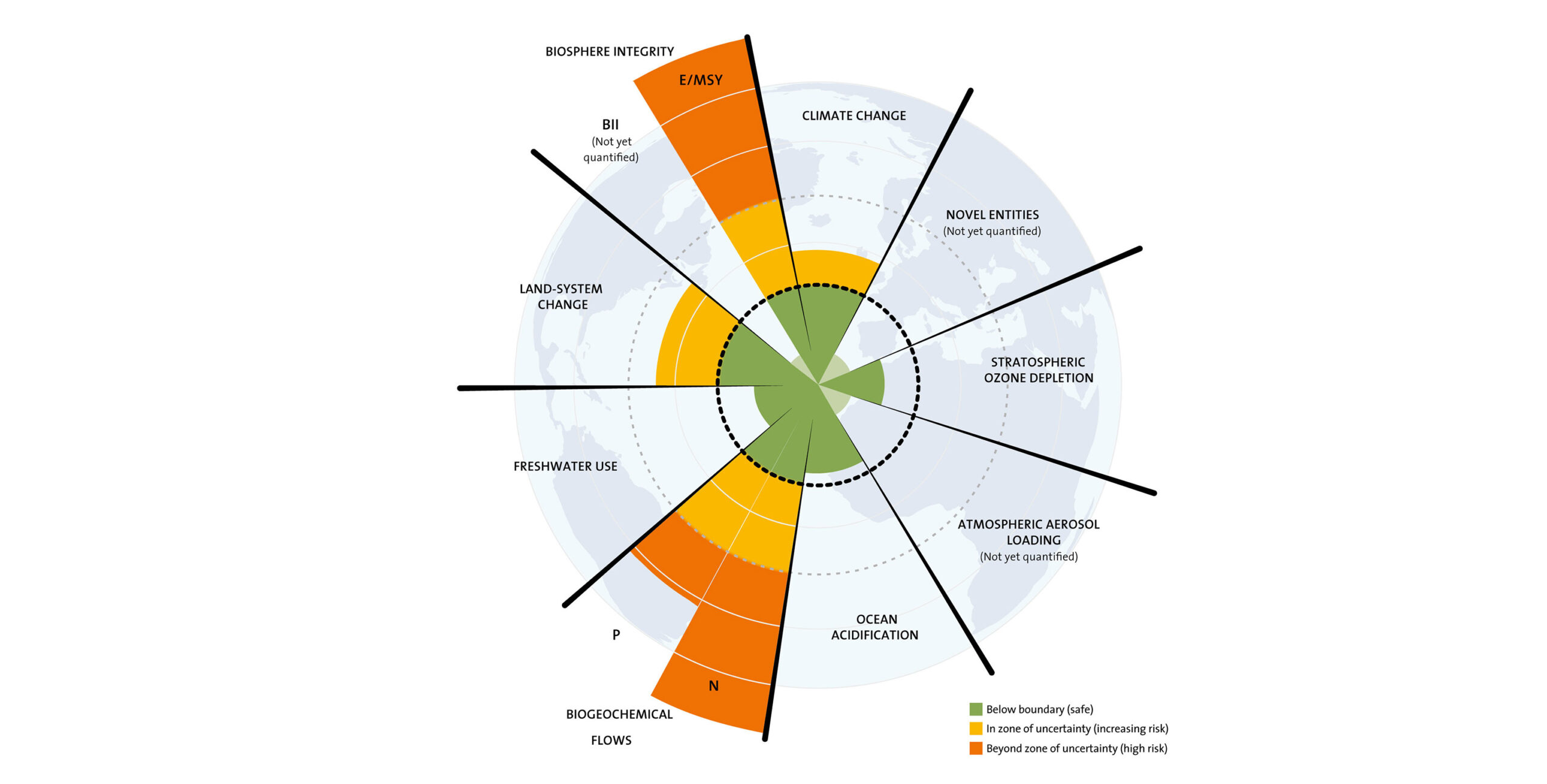maximum boundary risk” in the context of CISSP (Certified Information Systems Security Professional). CISSP is a widely recognized certification in the field of cybersecurity. Unfortunately, the specific term “maximum boundary risk” is not a well-known or established concept within the CISSP domain as of my last update in September 2021.
However, I can provide some general information about risk management and boundary controls in the context of CISSP.
- Risk Management: In CISSP, risk management is a critical aspect of cybersecurity. It involves identifying potential risks and vulnerabilities within an organization’s information systems and developing strategies to mitigate those risks. CISSP professionals are trained to assess risks, prioritize them, and apply appropriate security controls to reduce the likelihood and impact of potential threats.
- Boundary Controls: In a networked environment, boundary controls refer to security measures that protect the boundaries or perimeters of an organization’s network. They are designed to prevent unauthorized access and ensure that only legitimate traffic is allowed to pass through the network boundaries. Firewalls, intrusion detection/prevention systems, and access control lists are examples of boundary controls.
“Maximum boundary risk” is a term that is not commonly used in standard finance or risk management literature. However, I can provide you with some interpretations and related concepts that might be relevant to your search:
- Maximum Drawdown: In finance, maximum drawdown represents the maximum loss an investment or portfolio has experienced from a peak to a subsequent trough before a new peak is achieved. It measures the largest drop in value experienced during a specific time period. It is a key risk measure used to assess the downside risk of an investment.
- Boundary Risk: While this term isn’t standard, it might be related to “boundary crossing risk” or “regime-switching risk.” Boundary crossing risk refers to the risk of a portfolio or asset transitioning between different risk regimes or market states. The market may exhibit different behaviors during different periods, and this can significantly impact investment performance.
- Maximum Acceptable Risk: In risk management, this term is used to refer to the highest level of risk that an individual or organization is willing to tolerate. It represents a predefined threshold beyond which the level of risk is deemed unacceptable.
- Maximum Loss Boundary: This could potentially refer to a predefined limit set on losses, beyond which specific actions or risk mitigation strategies are triggered. It is often used in risk management and trading contexts.
Since the term “maximum boundary risk” is not well-established, it is essential to consider the context in which you encountered it or the specific field you are interested in to get a more precise understanding.
